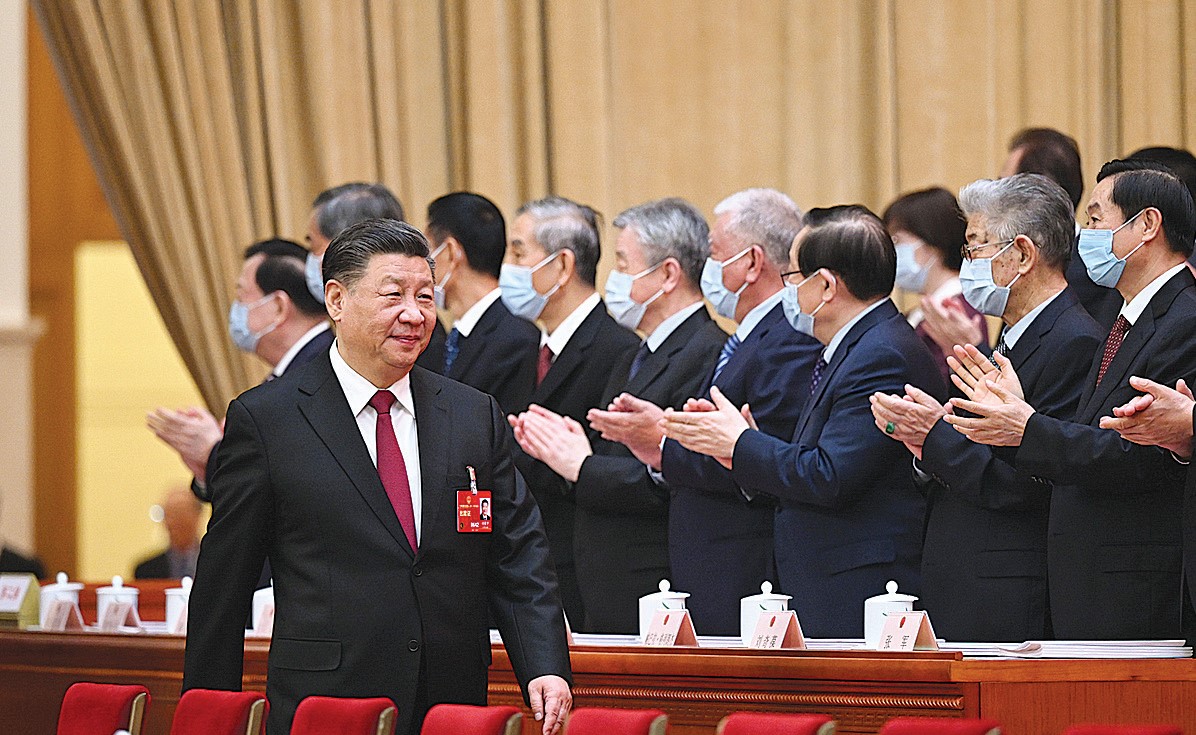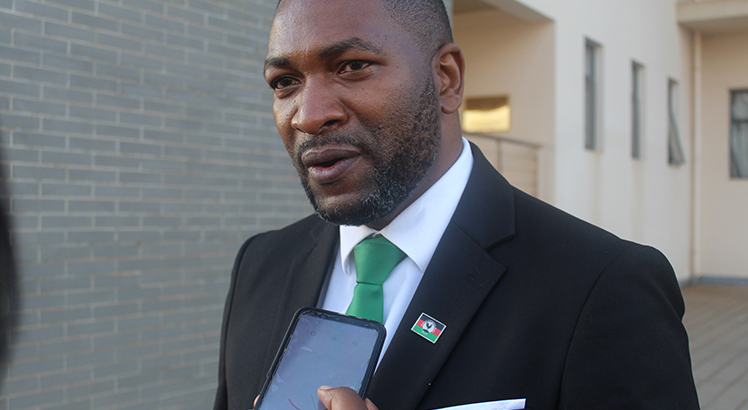Fine-tunning 50:50 campaign for 2014

It is a sizeable crowd of about 42 people. Most of them are women aspiring to contest as councillors.
They are gathered at Migowi, Phalombe, to mark the end of a two-day capacity building workshop on electoral campaign organised by Pan African Civic Educators Network (Pacenet).
Although barely an intimidating crowd, but giving an effective speech to any grouping, even of four, can be a challenge to most Malawians. Most people flinch.
But Chifundo Chimimba-Nakoma, an aspiring councillor for Migowi Ward and also a participant of the workshop, is not one of such people.
Just by looking at her composure when she stood to act as a politician addressing a public rally, the picture of British Prime Minister the late Margret Thatcher comes to mind.
“The challenge of rural development in Malawi is that, for years, agents of development have always been MPs who understand our problems by being told not by experiencing them.
“That is why to develop our rural areas, we do not just need councillors, but also more women councillors. Women live the daily struggles of our society and women, unlike men, are usually available and approachable,” she says.
What Chimimba-Nakoma argues is part of the larger development philosophy that advances that increased representation of women in political leadership is central in the development of Third World countries.
It was in response to this philosophy that in 2008, the 50:50 Campaign was launched.
Conceived by government with guidance from the Development Assistance Group on Gender (Dagg), the underlying aim was to promote a gender sensitive electoral process and encourage greater female participation in the May 2009 general elections.
The UN provided technical and financial support to the campaign in conformity with the United Nations Food and Population Agency (UNFPA) declaration supporting the achievement of MDG 3.
Based on a national programme of increased female representation in Parliament and government, the Ministry of Women and Child Development, coordinated the campaign.
Guided by the Southern African Development Community (Sadc) and African Union (AU) protocol, which states that government is not sustainable if certain people are denied the opportunity to participate in decision-making, the campaign, with activists such as Emma Kaliya of the NGO-Gender Coordination Network (NGO-GCN) managed to pull through.
According to a 2009 Evaluation Report by researchers Toks George-Coker, Miguel de Brito, Blessings Chinsinga and Jessica Banda, the campaign’s success was such that up to 400 women registered to contest in the May 2009 elections.
“An initial 400 women showed an interest to contest the May 2009 polls, with 239 actually contesting. Of this number, 87 were independents. This represents a substantial increase of the number of women who contested in the May 2009 elections from 154 in 2004,” reads the report.
The report adds that 42 candidates were successful; representing 22 percent of parliamentary seats and an eight percent increase from 14 percent in 2004 and providing a platform upon which to build.
“Moreover, for the first time in Malawi, a female presidential candidate contested elections. The decision by the DPP to field a female running mate was attributed to the 50/50 campaign by some interlocutors. There is a sense of optimism among many interlocutors, that modest gains give rise to hope for the future,” continues the report.
Despite failure of reaching the desired 50: 50, a number of people—including the Norwegian Ambassador to Malawi, whose country disbursed a lot of funds to the campaign—hailed it as a milestone.
In fact, even local women such as Chimimba-Nakoma followed the campaign with dexterity.
“It helped a lot to inspire and encourage women aspirants. Even those that failed, at least they were given an experience—something they, surely, learned from,” she says.
These insights, arguably, demonstrate that the campaign is quite central for Malawi to achieve AU and Sadc protocols which advocate increased women participation in senior public positions by 2015.
With the Sadc Protocol on Gender and Development now in force in Malawi following its ratification by President Joyce Banda, it is unarguable that the 50:50 campaign has a deeper role in driving the protocol to fruition.
And in an interview with The Nation, Kaliya said Malawians should not worry because the campaign will roll-out again for 2014 and it will involve aspiring women councillors such as Chimimba-Nakoma.
“We have been delayed due to logistical issues. This is a big campaign that demands a lot in terms of funding and coordination.
“We are currently in discussions with a number of stakeholders to source resources for the campaign. And everything is going on well and I am confident that soon, we will be on the road,” she says.
However, as the campaign is about to roll-out, there are other deeper issues that need to be addressed if the goal of attaining the 50: 50 representation by 2015 is to be realised.
Chairperson of the Parliamentary Women’s Caucus, Cecilia Chazama, said despite the success, the campaign is still facing challenges because political parties manifestos, standing orders and guidelines are not engendered as well as electoral systems in the country.
“For instance, we do not have quotas or affirmative action in most political parties. The current practice is that most political parties depend on political goodwill of political parties,” she said recently during a Dialogue on the Analysis of Political Parties Policy Documents from a Gender Perspective in Malawi organised by the Centre of Multi-Party Democracy.
What Chazama argues is well documented in a report by Chinsinga and others.
The report, though underlining the campaign’s success, notes that more is required to create a level playing field using constitutional, legal and legislative means, in conjunction with sensitisation and outreach activities.
Michael Jana, a political analyst, advises that despite its registered success in 2009 elections, achieving gender balance is a complex socialisation process.
“To achieve better results, therefore, just like any social and behavioural change intervention, the initiative needs to involve many stakeholders and target people at personal, community and policy levels.
“This initiative also needs to be a sustained, long-term effort rather than an ad hoc pre-election campaign,” he argues.
But above all, Kaliya remains confident and optimistic.
“I am sure that one of the sectors, be it the MPs or councillors, will do extremely well. We have learnt from our past experiences and we will come out triumphant, especially this being the last election to our goals in 2015,” she says.
And Kaliya’s confidence may energise aspiring women such as Chimimba-Nakoma to aspire for more leadership positions.





